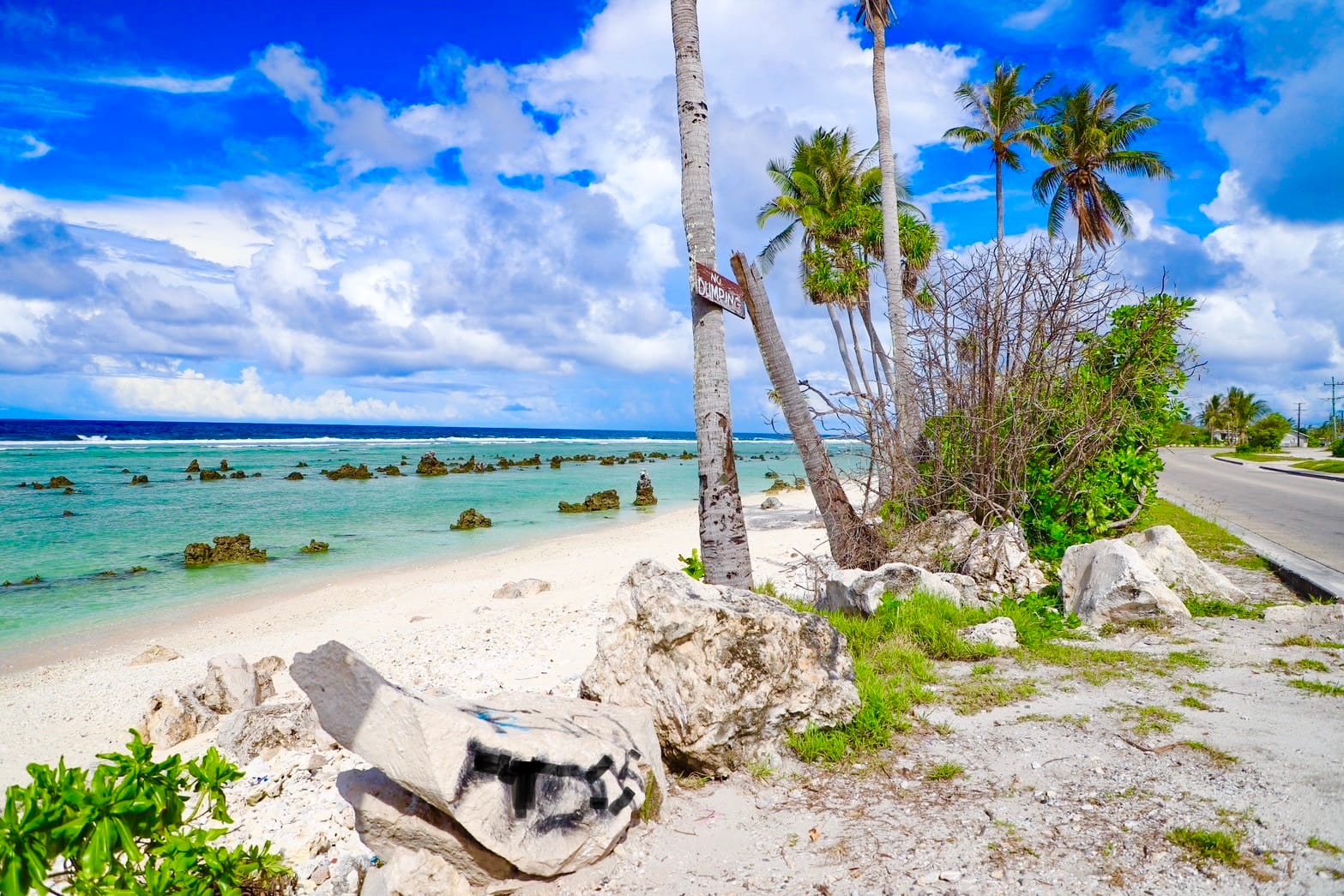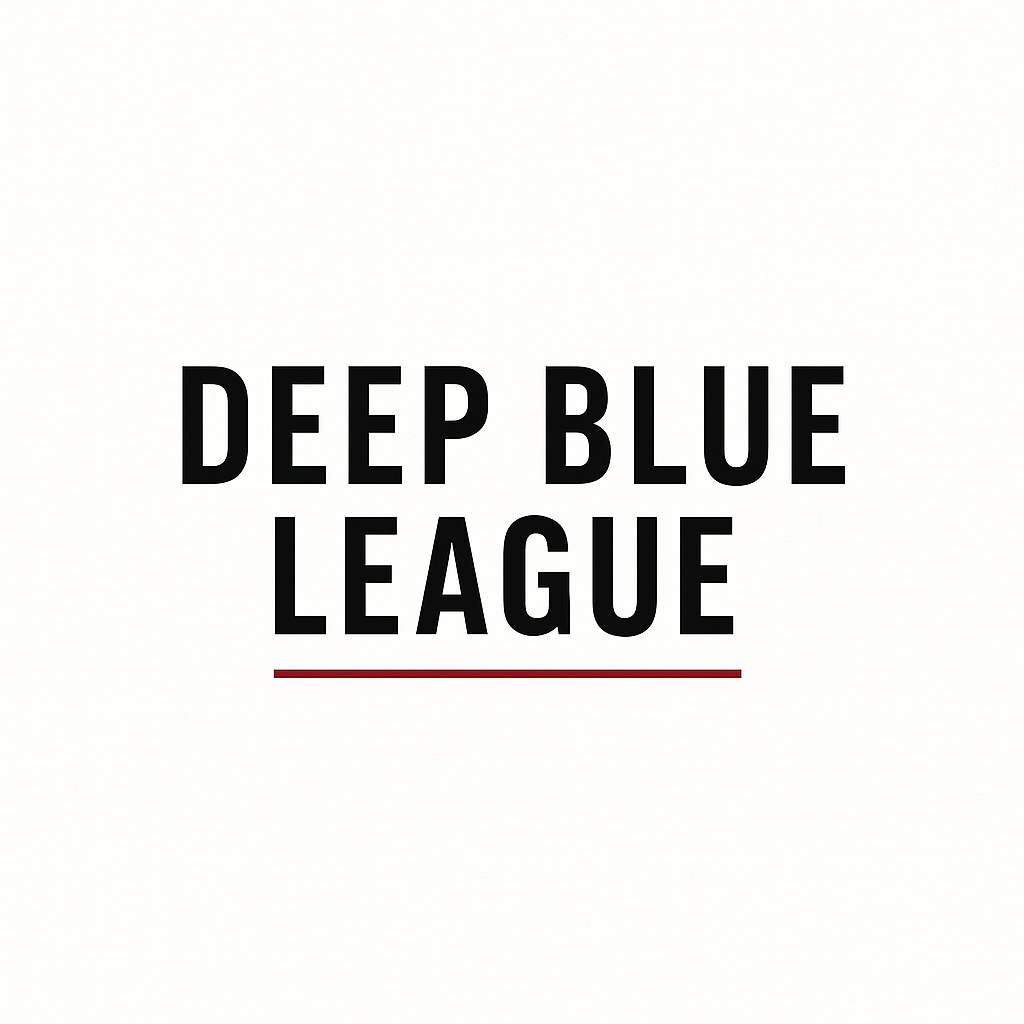Whither Nauru? Why The Metals Company should explain how its US pivot affects the cash strapped island
Nauru has been a faithful and active sponsor for The Metals Company and expects a financial return.

Nearly a week after its controversial application for a deep-sea mining licence through the United States regulatory framework, The Metals Company (TMC) has not provided full details on how the move will affect its existing agreement, if any, with the Pacific nation of Nauru.
Nauru sponsors one of TMC’s exploration contracts under the International Seabed Authority (ISA), which is the internationally accepted regulator and is expected to receive financial benefits once the company transitions to exploitation under ISA’s regulatory regime.
In a March 27 presentation to investors, TMC had said it still intends to apply for a deep sea mining exploitation licence through its Nauru subsidiary, Nauru Ocean Resources Inc. (NORI), but "wasn't sure through which regulator".
Given its subsequent application on April 29 to the US National Oceanic and Atmospheric Administration (NOAA), bypassing the ISA's licensing process, it is not yet clear what the full implications are for its Pacific partnerships.
However TMC had told shareholders in the same March report that it was discussing its new application strategy with NORI and and its other Pacific partner, The Kingdom of Tonga.
The ISA’s framework is designed to ensure that developing nations benefit from the commercial exploitation of deep-sea resources. It enables companies like TMC to operate under the sponsorship of small island states, ensuring an equitable distribution of sea-bed wealth.
A license through the US regulator would not be subject to those obligations.
Overlapping jurisdictions
The area covered by TMC’s US commercial recovery application appears to overlap with contract areas already granted to its subsidiaries under ISA exploration agreements.
In its press release Tuesday, TMC stated:
The application area for the commercial recovery permit, TMC USA-A_2, covers a total combined area of 25,160 square kilometers in the Clarion Clipperton Zone which includes areas that contain the Company’s already indicated and measured resources.
TMC’s other ISA exploration contract is sponsored by the Kingdom of Tonga, another Pacific Island nation. It remains unclear whether the area named in the NOAA application falls under Nauru’s or Tonga’s agreement.
Through its Nauru-sponsored subsidiary NORI, TMC holds rights to explore a 74,830 square kilometre area of the Clarion-Clipperton Zone. Tonga’s sponsored subsidiary, TOML, holds rights to a similarly sized area: 74,713 square kilometres.
Financial Agreements
Under a formalised sponsorship agreement in 2017 between NORI, the Government of Nauru, and the Nauru Seabed Minerals Authority, TMC is obligated to pay Nauru a seabed mineral recovery fee based on the volume of poly-metallic nodules extracted, once a minimum recovery threshold is reached.
It is also expected to pay an annual administration fee for sponsorship and associated services, subject to adjustment following the granting of an exploitation contract.
These terms were disclosed in filings with the U.S. Securities and Exchange Commission (SEC).
It is through its ISA contract with Nauru that TMC has conducted test recoveries, environmental impact assessments, and applied pressure on the ISA to finalize mining regulations.
The Nauru partnership has also played a role in facilitating social impact and cultural heritage assessments as part of the company’s pre-exploitation preparations.
As TMC now seeks an alternative or perhaps parallel regulatory pathway, its long-standing relationship with Nauru, once central to its push for commercial mining, faces urgent questions.
Read:
- Nauru's role in pressing the regulator in The International Seabed Authority Problem
- The background to TMC's application to mine through the United States and not the international regulator in The Trump Intervention
For editorial comments or to submit anything related to deep sea mining, get in touch at [email protected]

